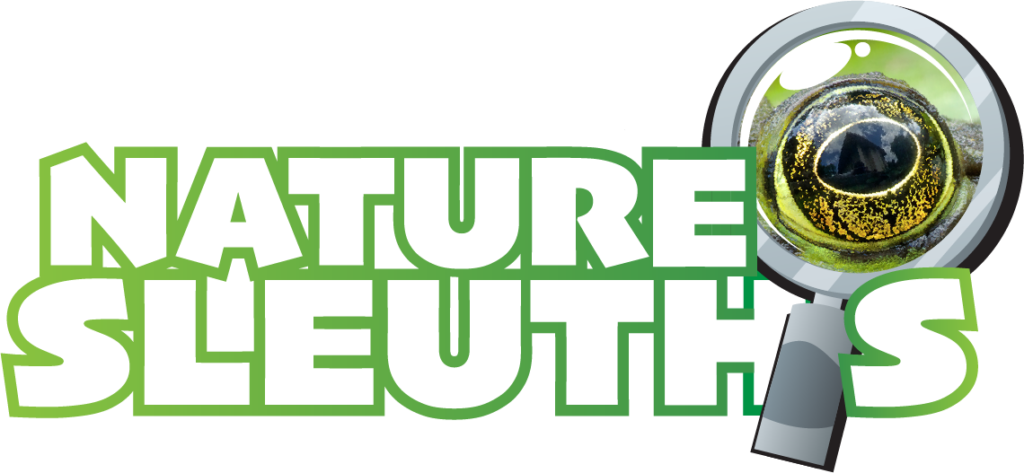 Your Mission…
Your Mission…
Find two resources for keeping Hicks Lake clean and snap pictures of the signs for these pollution prevention tools! Bonus: snap a picture of you or a companion using one of these free resources!
Hint: Check out the amenities of the park here for a clue.
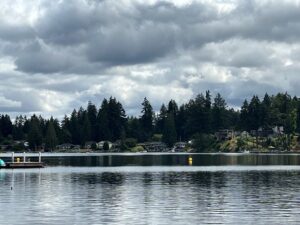
Wanschers Community Park features a variety of native and introduced tree species, grassy picnic areas, a sandy beach, and walking trails – all on the shoreline of Hicks Lake. Wanschers Community Park was gifted to the City of Lacey by Lettie Wanschers.
KNOW BEFORE YOU GO
- Dogs are welcome in this park – please keep them on leash at all times.
- Recreational fishing is allowed at the park. Please visit this website for more information on current fishing regulations.
- Wanschers has a small parking lot, but Intercity Transit route 66 will take you to the north end of the park.
 Evidence of Logging
Evidence of Logging
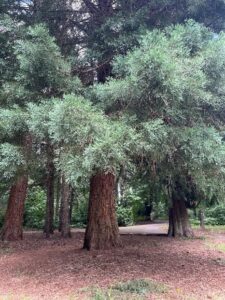
The lake which Wanschers Park sits on, Hicks Lake, is named for Urban Hicks, who settled in the area in the 1850s.
The lakes of present-day Lacey- Hicks, Pattison, & Long lakes- were developed into bustling resort communities in the early 20th Century.
Since Hicks’ time, most of the shorelines of our area lakes have been logged to make way for development.
Do you see any evidence of logging or development that was done on the land at Wanschers Park?
Click here to learn more or visit the Lacey Museum at 829 Lacey St SE, Thurs-Fri 11 a.m. – 3 p.m. and Sat 10 a.m. – 4 p.m.
![]()
What’s Different About the Trees?
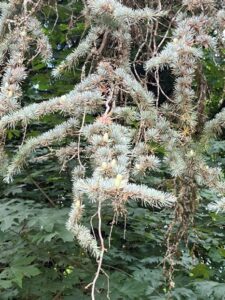
When you first enter the park, you might notice something different about the trees. What could it be?
Many of the trees you find here were planted long ago, but not all of them are native to the area.
Which ones seem different to you?
There is deodar cedar, giant sequoia, coastal redwood, and more.
These trees are remnants of the homestead that once laid on the land that is now Wanschers Park. Most of these introduced tree species are native to northern California and southern Oregon, so have found a comfortable niche to thrive in here in western Washington.
Fun fact: though out of its common range here in Lacey, the coastal redwood is the tallest tree species in the world. It can live for more than 2000 years and grow over 350 feet tall! Redwood’s relative giant sequoia can live more than 3000 years and are the most massive trees on earth!
What Do You See Along the Shoreline?
As you make your way east to the lake, look along the shoreline. What do you see? Do you see any animal homes among the humans’ homes? Do you see an old osprey nest? Or freshwater clams in their shells? What about people and their pets along the shore?
All of these creatures rely on a healthy lake to live healthy lives.
Great news! Water quality at Hick’s Lake is good! This means that lake access remains open for all uses. It also means that the fish, freshwater clams, plants, and other animals of the lake are living in relatively good conditions.
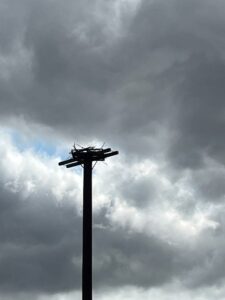
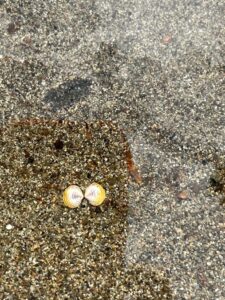
 Pick Up After Your Pet
Pick Up After Your Pet
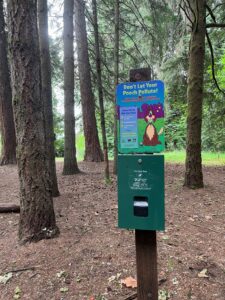
How can you help maintain good water quality at Hick’s Lake while using the park?
Don’t let your pet pollute! Help protect our waters and pick up after your pet! Scoop it, bag it, and trash it, every time! Even in the woods!
Always put your used fishing line in a monofilament recycling bin. Learn more about the Department of Fish and Wildlife’s monofilament recovery and recycling program.
Hick’s Lake is Worth Protecting
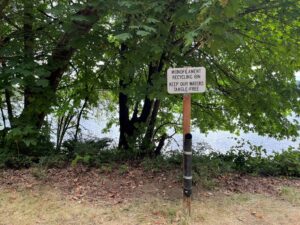
Hopefully after a walk around Wanshcers Park, you can see why Hick’s Lake is worth protecting!
Can you take what you’ve learned today and apply it to other places? Nature is all connected- even to you! So, next time you’re out on a walk near your house, think about all the other animals that make their homes there. What plants do you see? Is there water nearby? You can help protect it!
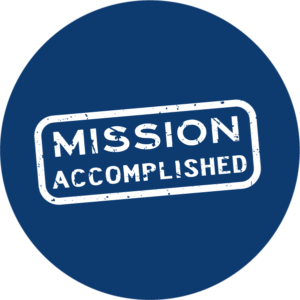 Congratulations!
Congratulations!
You have completed your mission to find two resources for keeping Hicks Lake clean and snapped pictures of the signs for these pollution prevention tools! Don’t forget to log in to the Goosechase App and submit your photo for this mission to collect your park specific sticker!
